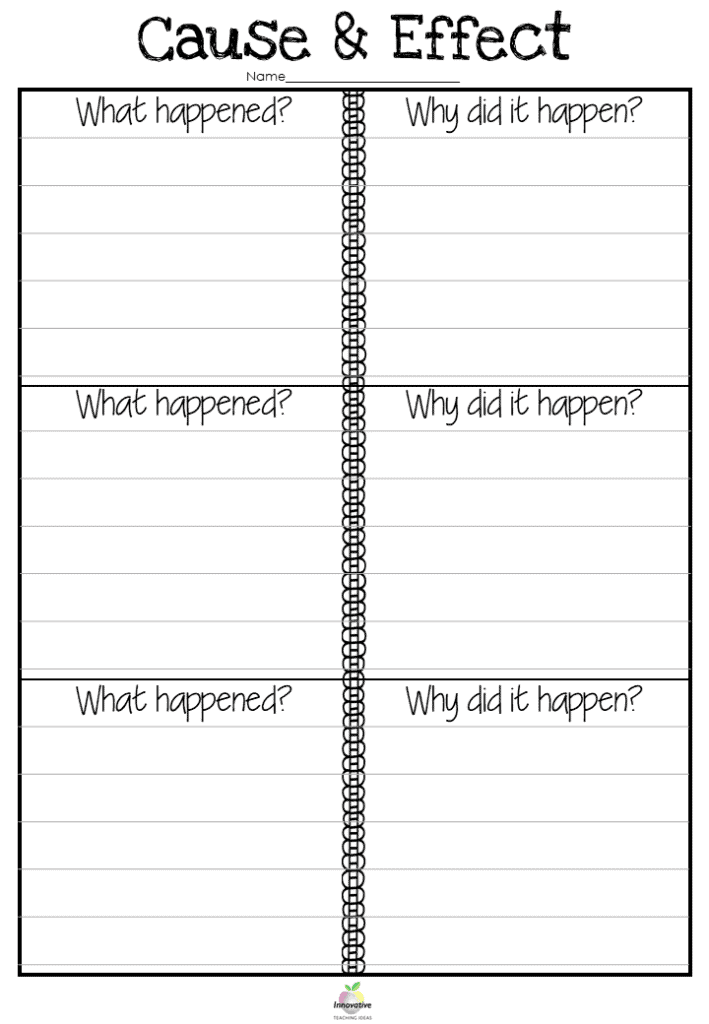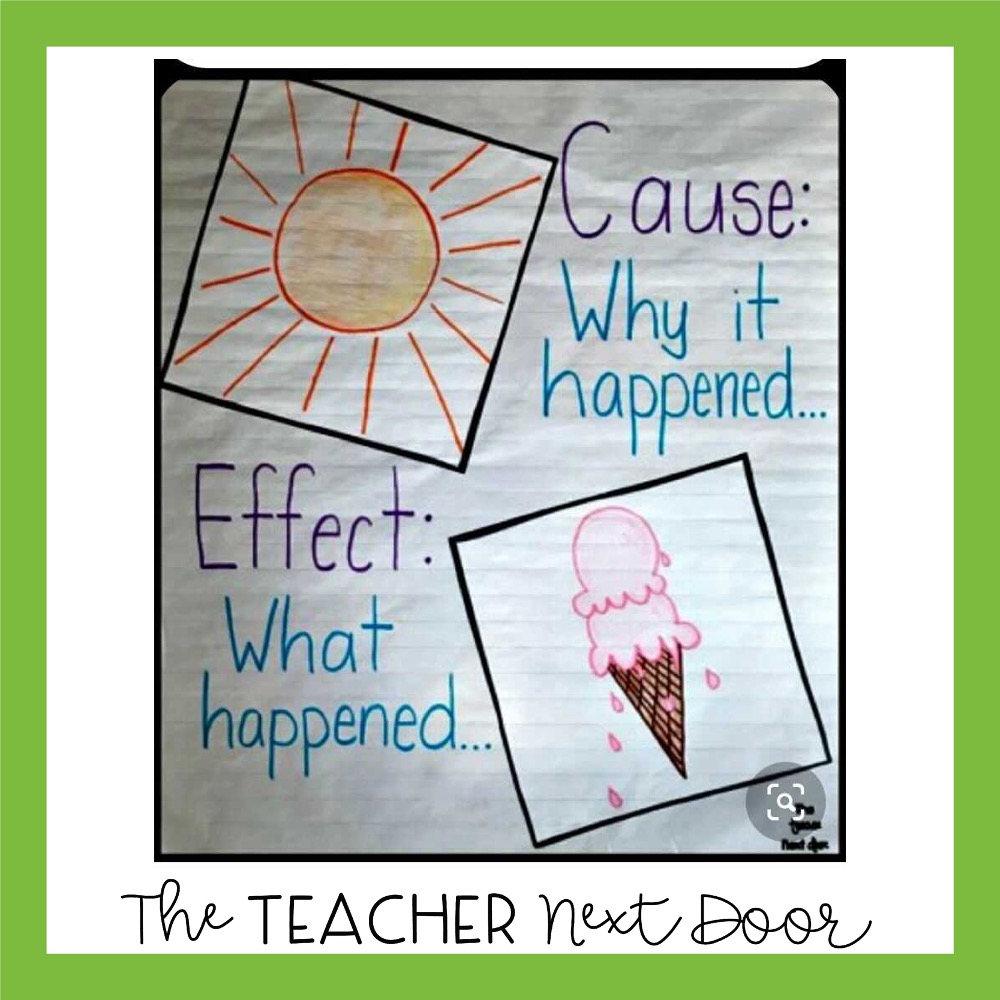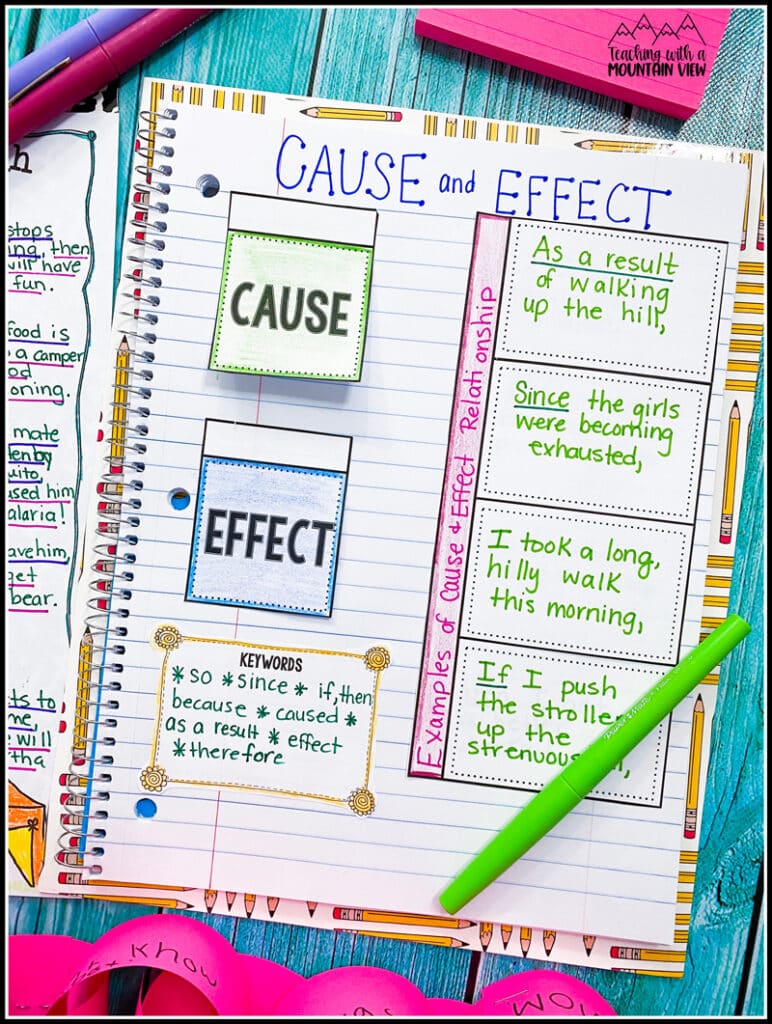Real Tips About How To Teach Cause And Effect To Students
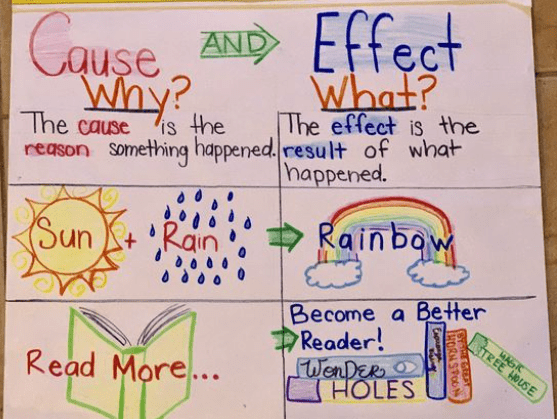
Children learn cause and effect relationships very early on in life, even though they might not be able to attach a name to them.
How to teach cause and effect to students. Let’s talk about cause & effect one way to engage students right off the bat is to let student answer questions about you! An easy one would be to float a small bowl in the water. How to teach guided reading:
Another good experiment for teaching cause and effect is putting vinegar and baking soda together to see an eruption of foam. Finally, students use the outline to write a cause and effect essay to practice the cause and effect signal words. Once that is done, students should then be offered ample opportunity to practice this strategy in discrete.
Create picture sets using index cards, construction paper, etc. To begin, introduce cause and effect to students using very simple stories. You can opt for a short storytime to encourage the students to understand cause and effect.
Identifying the main idea of the story: You to clearly describe what you are dealing with both. Top 7 reading comprehension strategies for students and teachers;
You can select some articles and ask your students to highlight the cause effect and the reason. To demonstrate cause and effect. This topic is most easily taught using the news.
Cause and effect activities bubbles and. Think about all of the common lessons that little. If you're looking for some fun ways to teach cause and effect in a kindergarten, first grade, or second grade classroom, this video is for you!


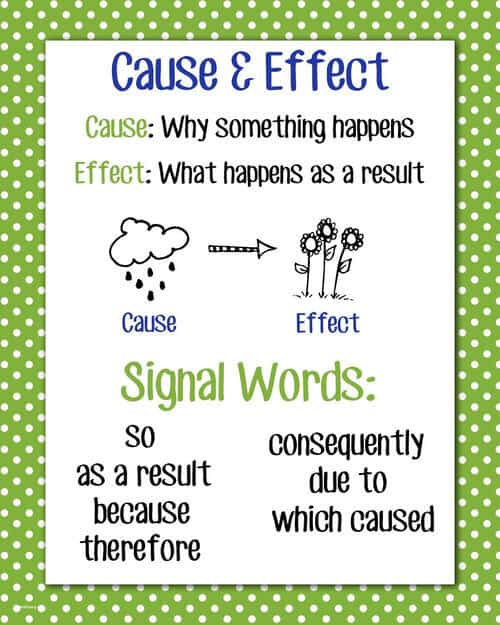



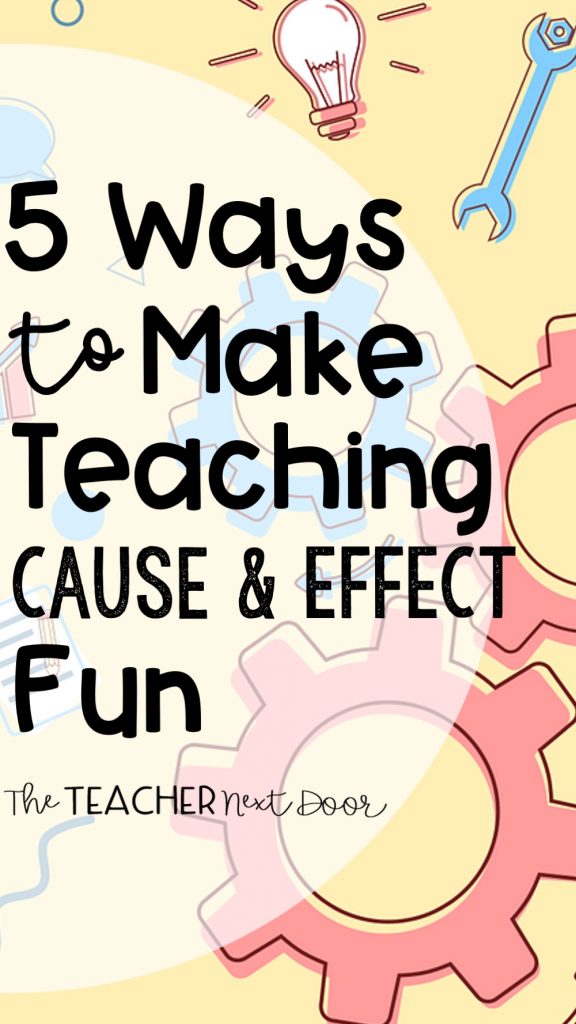

![6 Strategies For Teaching Cause And Effect [Grades 1–3] – Hameray Publishing](https://cdn.shopify.com/s/files/1/2137/3313/files/C_E_Table_1_large.jpg?v=1588780639)

